
what you'll learn...
Overview
» Quickly follow the angle description to calculate the ratios. No need to memorize.
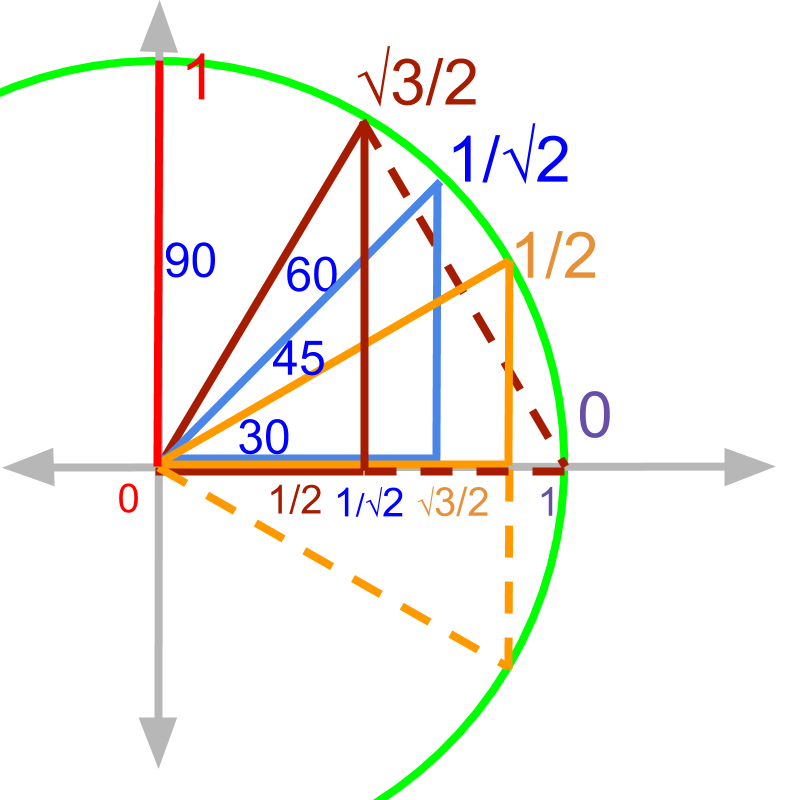
isosceles right triangle :
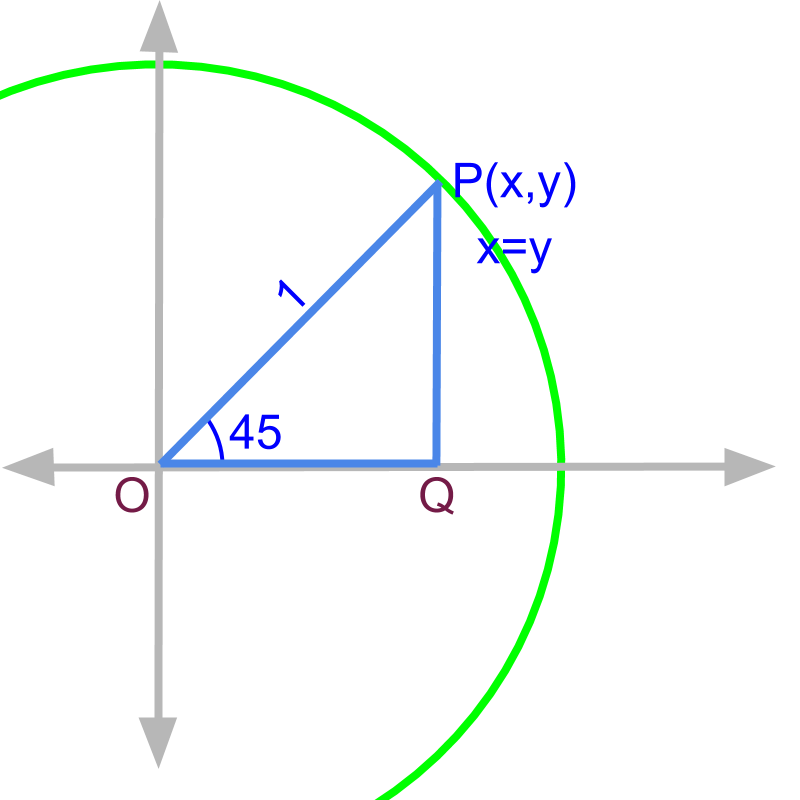
Given the right angled triangle , and .
The point P is .
It is proven that point . That is,
opposite side
adjacent side
hypotenuse
Do not memorize the trigonometric ratios, it is easy to work out the lengths of the three sides of a triangle of standard angles.
Once we know the lengths of the three sides, it is easy to work out the trigonometric ratios.
For example, is (by finding ratio adjacent by opposite side).
equilateral triangle : and
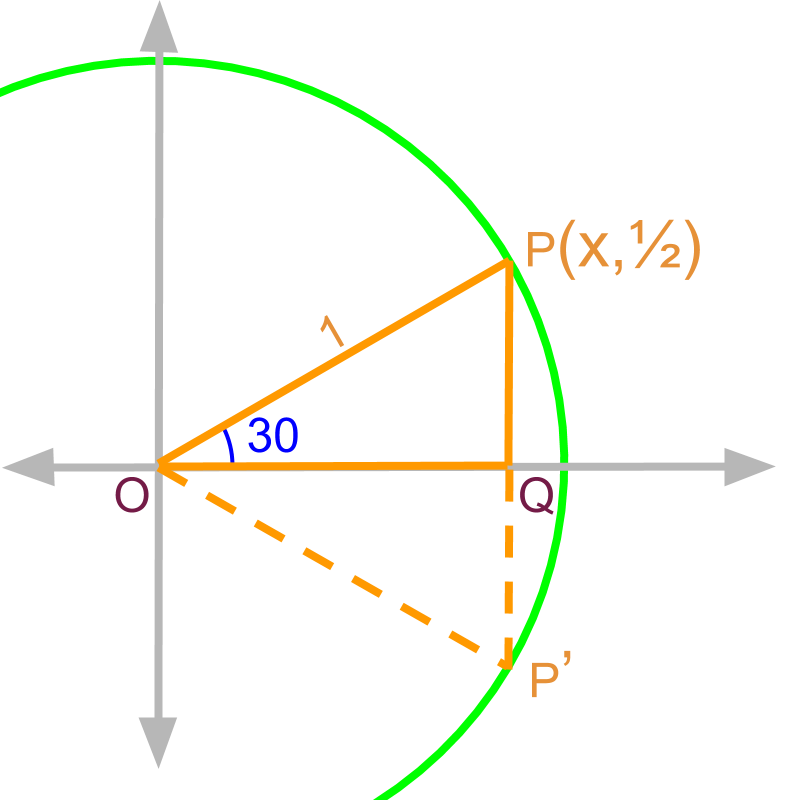
Given the right angled triangle , and .
Construct an equilateral triangle .
From this, it is derived that .
The point is .
It is proven that point . That is,
opposite side
adjacent side
hypotenuse
It is noted that one does not need to memorize the trigonometric ratios, it is easy to work out the lengths of the three sides of a triangle of standard angles. Once we know the lengths of the three sides, it is easy to work out the trigonometric ratios.
For example,
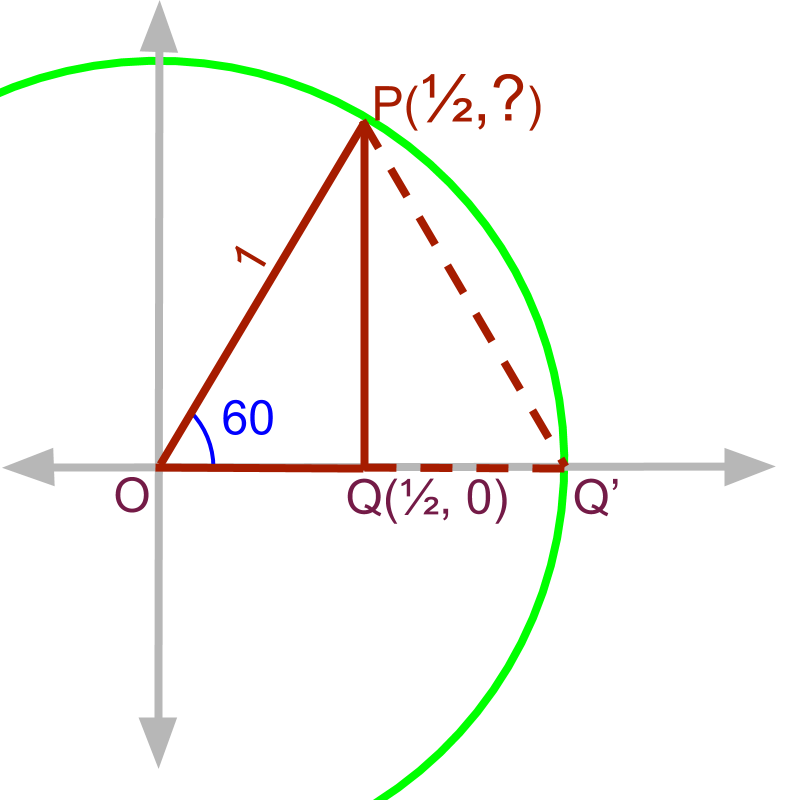
Given the right angled triangle , and .
Construct an equilateral triangle .
From this, it is derived that .
The point is .
It is proven that point . That is,
opposite side
adjacent side
hypotenuse
It is repeated that one does not need to memorize the trigonometric ratios, it is easy to work out the lengths of the three sides of a triangle of standard angles and thus the ratios.
For example, the
Right Triangle with and
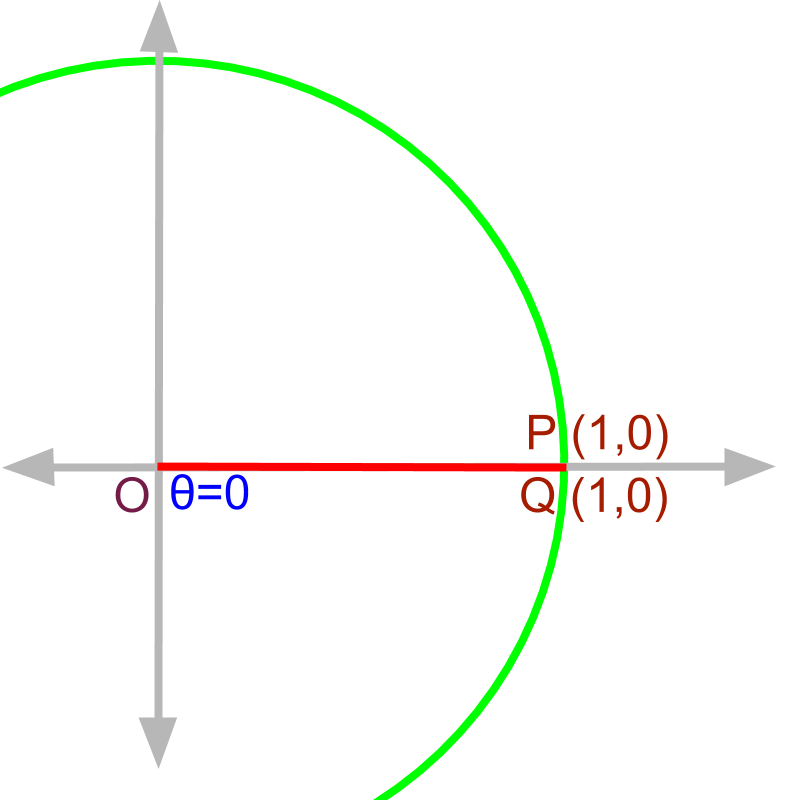
Given the right angled triangle , and .
The point is
It is proven that point . That is,
opposite side
adjacent side
hypotenuse
It might not be intuitive, but it is possible to work out the lengths of the three sides of a triangle of degree and work out the trigonometric ratios without memorizing them.
For example, .
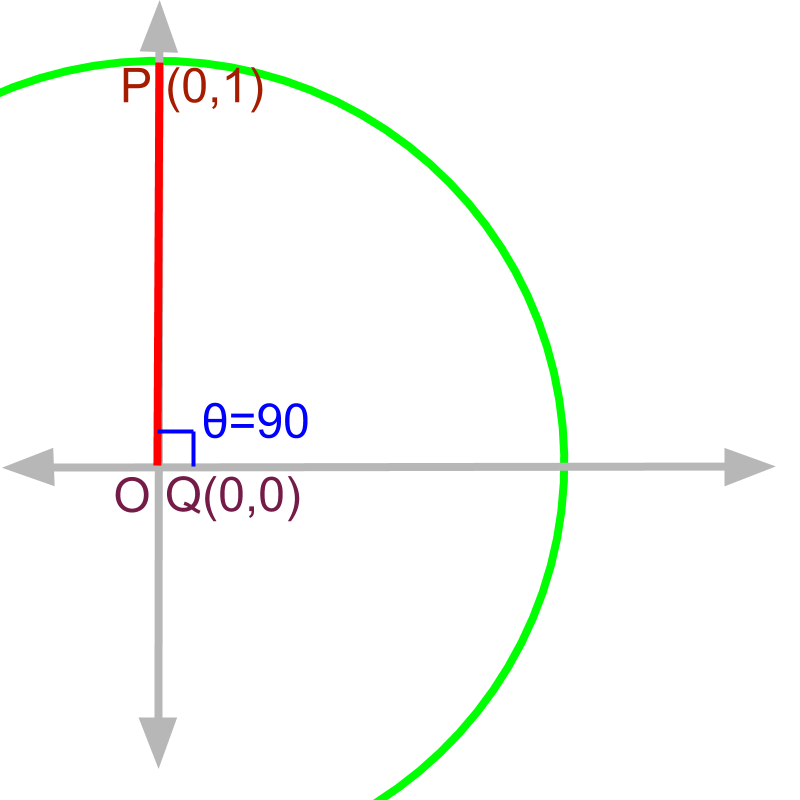
Given the right angled triangle , and .
The point is .
It is proven that point . That is,
opposite side
adjacent side
hypotenuse
Another triangle that is not very intuitive, but it is possible to work out the lengths of the three sides of a triangle of and work out the trigonometric ratios without memorizing them.
For example, .
Summary

Trigonometric ratios for all standard angles is captured in the figure.
When a trigonometric ratio is required for an angle, quickly work out the for the angle. And sine is chord, cosine is the chord on the complementary angle, tan is the tangent etc. With a little bit of practice, this becomes fast and easy. I hope you do not memorize a table which you will eventually forget. If you can work out from the first principles, the information will last a lot longer. With a little bit of practice, students can recall the ratios as fast as when memorized.
Trigonometric Ratios of Standard Angles:
When a trigonometric ratio is required for an angle, quickly work out the for the angle.
Outline
The outline of material to learn "Basics of Trigonometry" is as follows.
• Detailed outline of "trigonometry".
→ Basics - Angles
→ Basics - Triangles
→ Importance of Right Angled Triangle
→ Trigonometric Ratio (Basics)
→ Triangular Form of Trigonometric Ratios
→ Introduction to Standard Angles
→ Trigonometric Ratio of Standard Angles
→ Trigonometric Identities
→ Trigonometric Ratios of Complementary Angles